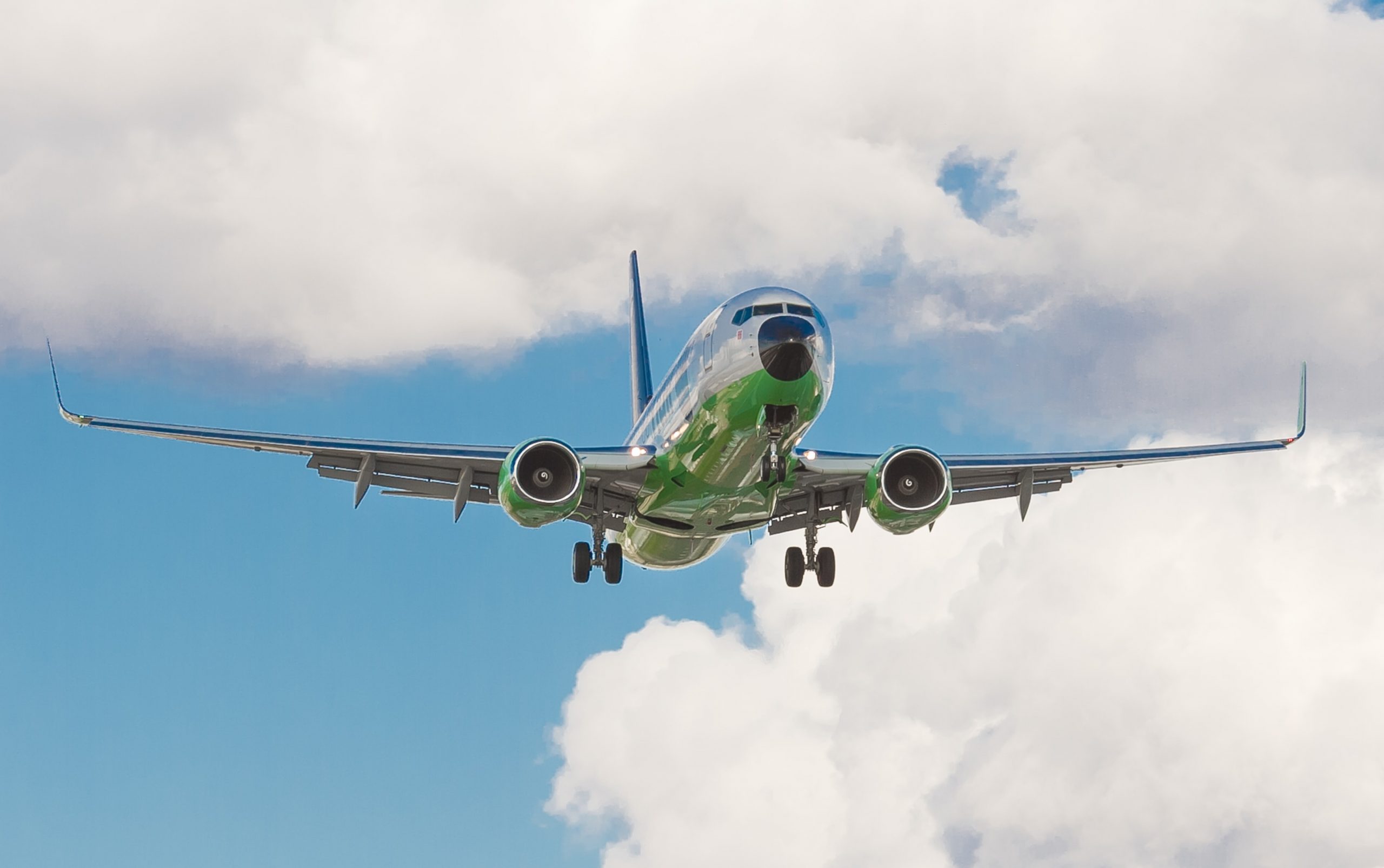




28 Jul 2025
When Age Is Just a Number: Rethinking Mid-Life Aircraft Strategy
In an aviation market driven by demand volatility, fluctuating lease rates, and sustainability pressures, the once-overlooked mid-life aircraft is quietly making a comeback.
Long considered a compromise — a temporary fix or a fallback option — mid-life aircraft are now being viewed in a different light. And rightly so.
For airlines and lessors navigating tight delivery timelines and rising capital costs, mid-life assets present a viable, often strategic, opportunity. But making that opportunity pay off requires more than a competitive lease rate — it demands foresight, data-driven evaluation, and the right advisory support.
At Acumen Aviation, we’ve seen the lifecycle of aircraft from every angle — OEM to operator, lease-in to part-out. This blog explores why it’s time to re-evaluate the mid-life aircraft, and how to approach it with both caution and confidence.
Mid-Life: A Definition That’s Evolving
Traditionally, mid-life aircraft are those between 8–15 years of age. They’ve moved past their initial leases, perhaps changed hands once or twice, and have accumulated meaningful flight hours.
But as technology, maintenance techniques, and fleet planning evolve, so does what we consider “mid-life.” Aircraft built with durability and extended maintenance intervals are performing better for longer — both in the air and on the balance sheet.
For many operators, a well-maintained mid-life aircraft offers:
- Lower acquisition or lease costs
- Shorter lead times compared to new aircraft
- Proven in-service performance
- Flexibility in fleet growth without long-term financial commitments
The key is understanding what you’re really getting — and what you’ll need to manage along the way.
Why Mid-Life Aircraft Make Strategic Sense Today
There are several forces reshaping the attractiveness of mid-life aircraft:
1. OEM Delivery Delays
With order backlogs at record highs, new aircraft simply aren’t arriving fast enough. Mid-life aircraft offer faster deployment, ideal for route expansions or seasonal surges.
2. Cost Pressures
Rising interest rates and tightening capital mean operators are under pressure to do more with less. Mid-life leases provide lower capital outlay with manageable monthly obligations.
3. Sustainability Shifts
While new-generation aircraft offer efficiency gains, retrofitting mid-life aircraft with fuel-saving modifications or cabin upgrades is a more sustainable — and cost-effective — short-term move.
4. Fleet Mix Flexibility
Rather than committing to long-term fleet overhauls, many airlines are using mid-life aircraft to bridge transitions or test new routes with lower exposure.
The Risks: What to Know Before You Commit
Not all mid-life aircraft are created equal. The opportunity can quickly become a liability if key factors are overlooked.
Some common risks include:
- Unpredictable maintenance costs
Older aircraft may be approaching major checks or component overhauls that aren’t immediately visible in lease terms.
- Poor records quality
With multiple operators over the years, documentation gaps can delay redelivery or affect compliance.
- Reduced residual value
If resale or part-out value isn’t properly assessed, long-term ROI may suffer.
- Lease condition mismatch
Maintenance reserves, utilisation clauses, and return conditions may not align with your operational profile
The Acumen Approach: Helping You Look Beyond the Paintwork
At Acumen, we believe a mid-life aircraft isn’t a risk — it’s a data puzzle. And we know how to solve it.
We help lessors and operators assess mid-life aircraft by providing:
• Technical Due Diligence
We go beyond logbooks — reviewing maintenance status, modification history, and airworthiness records to ensure you know exactly what you're getting.
• Cost Forecasting
Our engineers model upcoming maintenance events based on usage, age, and fleet-specific patterns, so you can plan capital and downtime accordingly.
• Lifecycle Advisory
We help position mid-life aircraft within your broader fleet strategy — from short-term deployment to eventual exit or part-out planning.
• Lease Review and Negotiation Support
We translate technical realities into lease terms — ensuring you’re not locked into conditions that overcommit your resources.
A Real-World Example: Value from the Middle of the Market
In a recent engagement, Acumen advised a regional carrier considering a trio of 12-year-old narrowbodies for fleet expansion.
Our analysis uncovered:
- One aircraft with a clean records trail and low engine cycles — a strong candidate
- One with inconsistent maintenance documentation — flagged for renegotiation
- One approaching a major check not budgeted for — ultimately rejected
By pairing technical review with cost forecasting and lease alignment, we helped the client secure two high-performing assets — and avoid a costly mistake.
The outcome? Fleet expansion achieved in 90 days with minimal risk and 20% cost savings compared to new aircraft leasing.
Final Thought: Mid-Life Aircraft Deserve a Second Look — and a Smart Plan
Age alone doesn’t define the value of an aircraft. What matters is how well it’s been maintained, how it's deployed, and how confidently it fits into your broader strategy.
With the right insight and advisory support, mid-life aircraft can offer exceptional return on investment — without compromising on safety, reliability, or reputation.
At Acumen Aviation, we help lessors and operators unlock the full potential of these underappreciated assets — with clear data, strategic guidance, and decades of hands-on experience.
If you're ready to explore the value of a mid-life fleet strategy, let’s talk. Because when it comes to aircraft, age really is just a number.





